With all the issues going around today from divided politics to a weak economy, it is good to take a look at where we have come from, how we have built a strong foundation, and try to apply the good concepts in entrepreneurial efforts in business and infrastructure learned yesterday to today’s and tomorrow’s challenges. Sometimes it is good to take a break from current concerns and look back at earlier times in America to try to recapture the motivations and ambitions from previous generations.
WEEKEND GETAWAY TURNS INTO EDUCATIONAL EXPERIENCE
One of the car clubs I belong to had a Fall Tour of Wisconsin last weekend. It was focused on visiting several diverse destinations around Baraboo, Wisconsin including:
- Circus World (http://circusworld.wisconsinhistory.org/)
- Mid-Continent Railway (http://www.midcontinent.org/)
- International Crane Foundation (http://www.savingcranes.org/)
This weekend tour was a combination of looking at the preservation of one of the best in early business entrepreneurship (the circus); one of the best in infrastructure that added to the platform for commerce and strengthened the American economy after the Civil War (the railroad); and the conservation efforts of a couple of graduate students that turned into an international effort in conserving cranes of all species.
 Baraboo was the winter home of the Ringling Brothers’ circus for 34 years (1884-1918) and the original buildings are now deemed a National Historic Landmark. There is still a lot to see there in relation to the whole business and history of the circus. It is the largest collection of circus artifacts in the world including over 200 refurbished horse-drawn circus wagons. Circus World is a joint-venture of both the State of Wisconsin and the Foundation that runs the operation to preserve the history of the circus in America as well as Europe.
Baraboo was the winter home of the Ringling Brothers’ circus for 34 years (1884-1918) and the original buildings are now deemed a National Historic Landmark. There is still a lot to see there in relation to the whole business and history of the circus. It is the largest collection of circus artifacts in the world including over 200 refurbished horse-drawn circus wagons. Circus World is a joint-venture of both the State of Wisconsin and the Foundation that runs the operation to preserve the history of the circus in America as well as Europe.
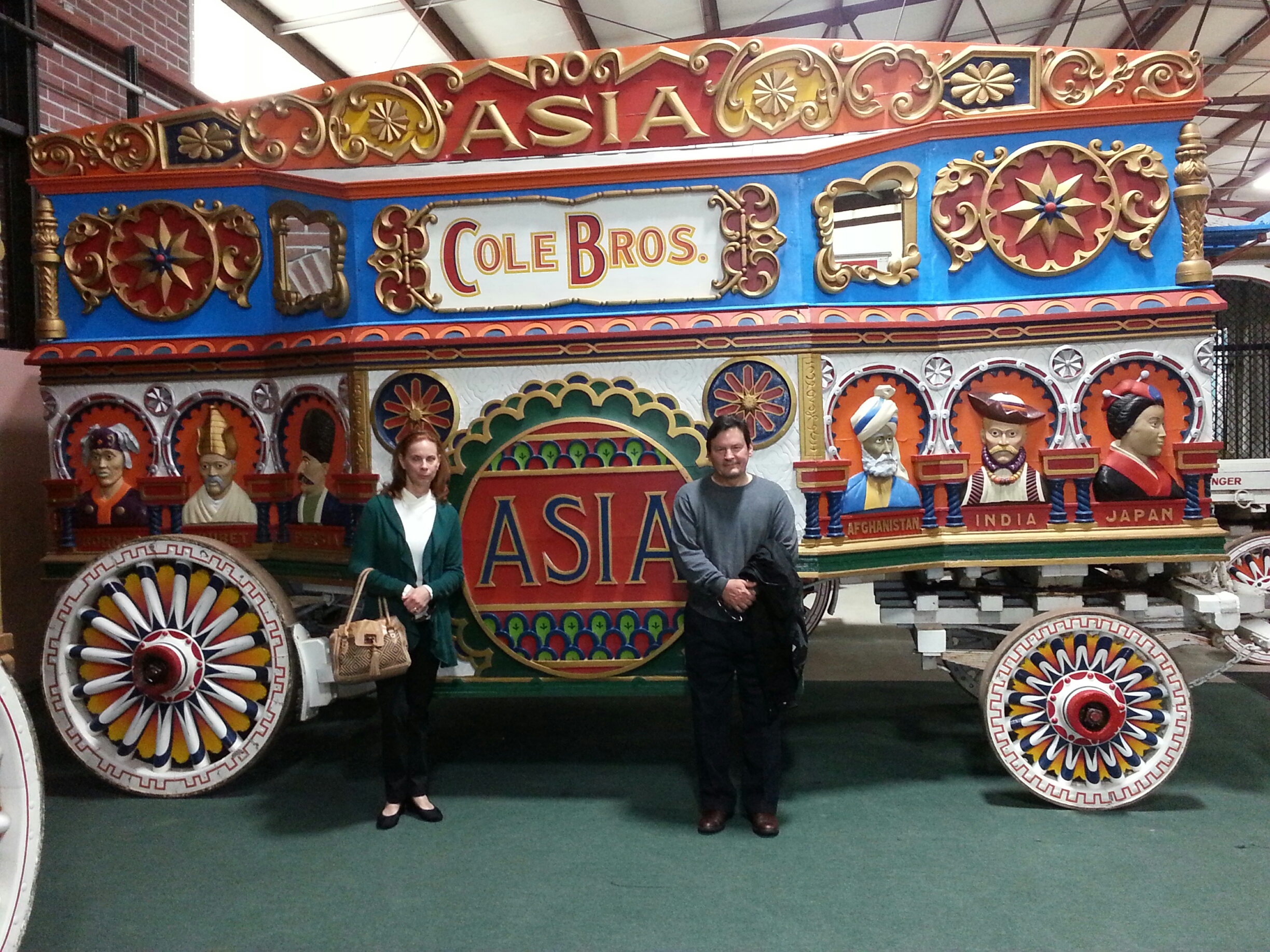 There was a lot to see in the multi-building museum campus of Circus World. It has the largest collection of circus wagons in the world along with many other artifacts. They still search for abandoned wagons and refurbish them in a workshop that is within one of the buildings.
There was a lot to see in the multi-building museum campus of Circus World. It has the largest collection of circus wagons in the world along with many other artifacts. They still search for abandoned wagons and refurbish them in a workshop that is within one of the buildings.
Al Ringling, one of the original five Ringling Brothers, had a mansion built nearby in 1905 and that is also being currently renovated by another entrepreneurial group. The town sees its future dependent on tourism and seems to be doing a good job in developing new destinations that will increase traffic and revenues.
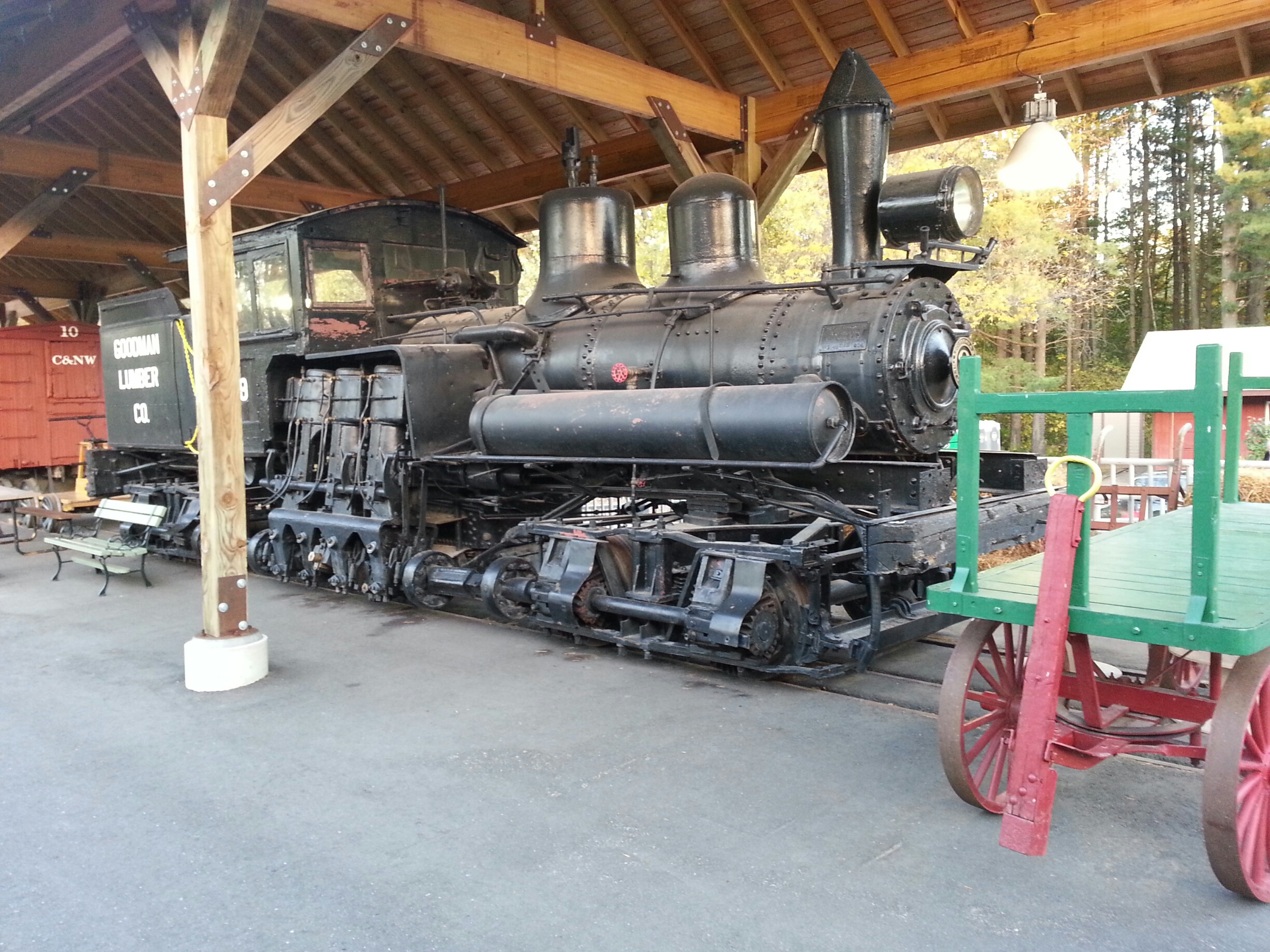 The near-by Train Museum (The Mid-continent Railroad) had several restored cars on display including a car that was developed to aid in hatching fish and loading lakes and rivers up with them to create a solid food source. It also had a dinner train which we rode at night for about three hours. It really gave you a feel for how train travel was one hundred years ago.
The near-by Train Museum (The Mid-continent Railroad) had several restored cars on display including a car that was developed to aid in hatching fish and loading lakes and rivers up with them to create a solid food source. It also had a dinner train which we rode at night for about three hours. It really gave you a feel for how train travel was one hundred years ago.
WHY IS ALL THIS IMPORTANT?
Learning about how we got to this point in America is important. We had generations who took on different challenges and succeeded by creating new businesses and infrastructure.
Today, we must build upon that infrastructure as well as understand its impact on the environment. These three attractions are so diverse yet they foster a need to conserve and preserve the past. Compare this to what a student can learn in the classroom. It is one thing to take about trains, it is another to actually ride one. The same goes for the Circus and its grand entrepreneurial concept to create a promotional atmosphere with a parade to gather interest for buying tickets for its performances.
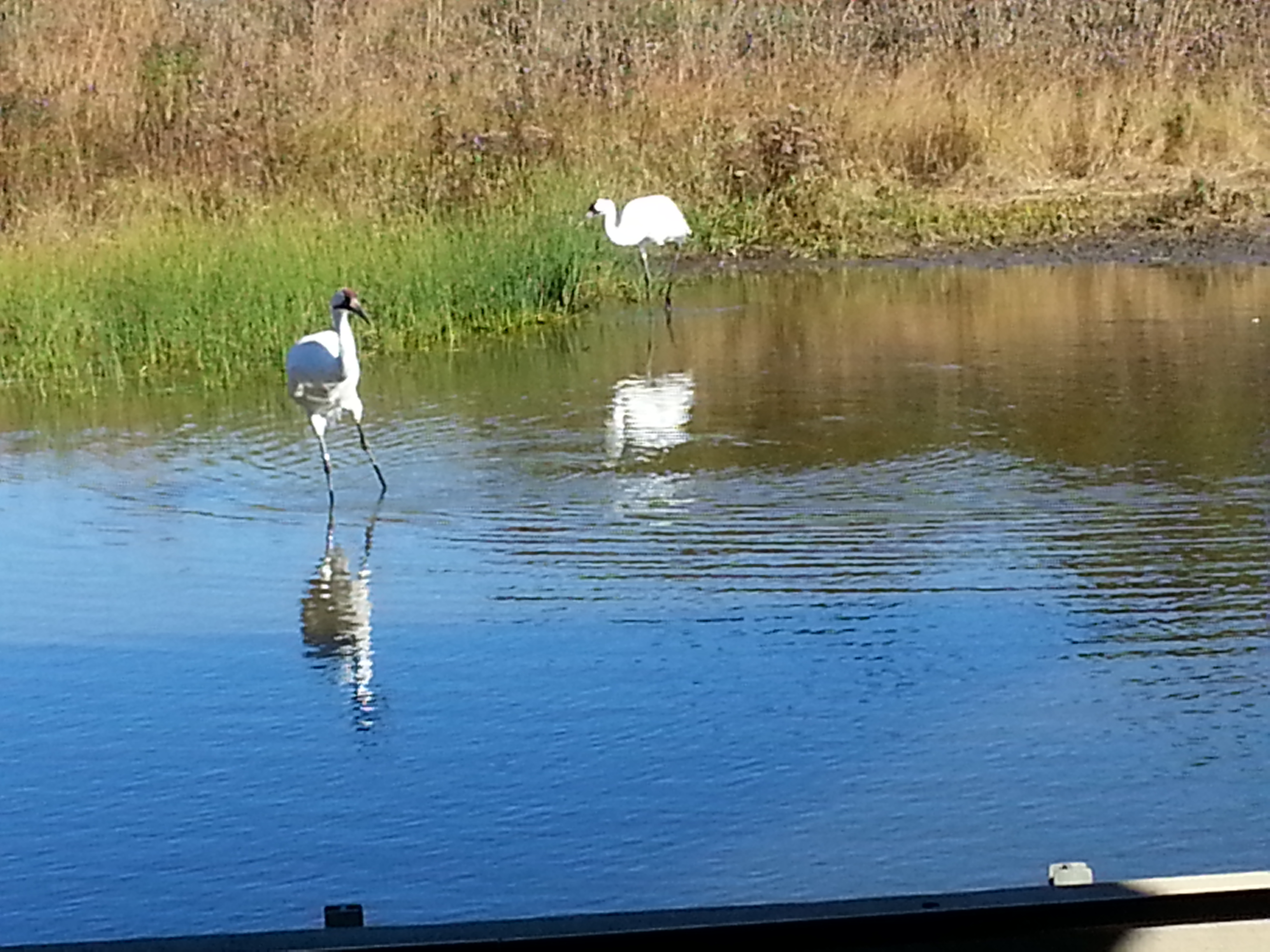 The International Crane Foundation is a place to observe and study all the species of cranes from five continents in one place. From Whooping Cranes to Siberian Cranes, they have individual habitats where you can get up close to the birds.
The International Crane Foundation is a place to observe and study all the species of cranes from five continents in one place. From Whooping Cranes to Siberian Cranes, they have individual habitats where you can get up close to the birds.
This was a tour that really provided a broad look into preserving the history of things that made this country great, conserving the natural beauty found in this country as well as the rest of the world and the observing firsthand, the workings of an important layer of infrastructure.
CARLINI-ISM : Building a strong future requires understanding the strengths and weaknesses of the past.
Copyright 2013 – James Carlini


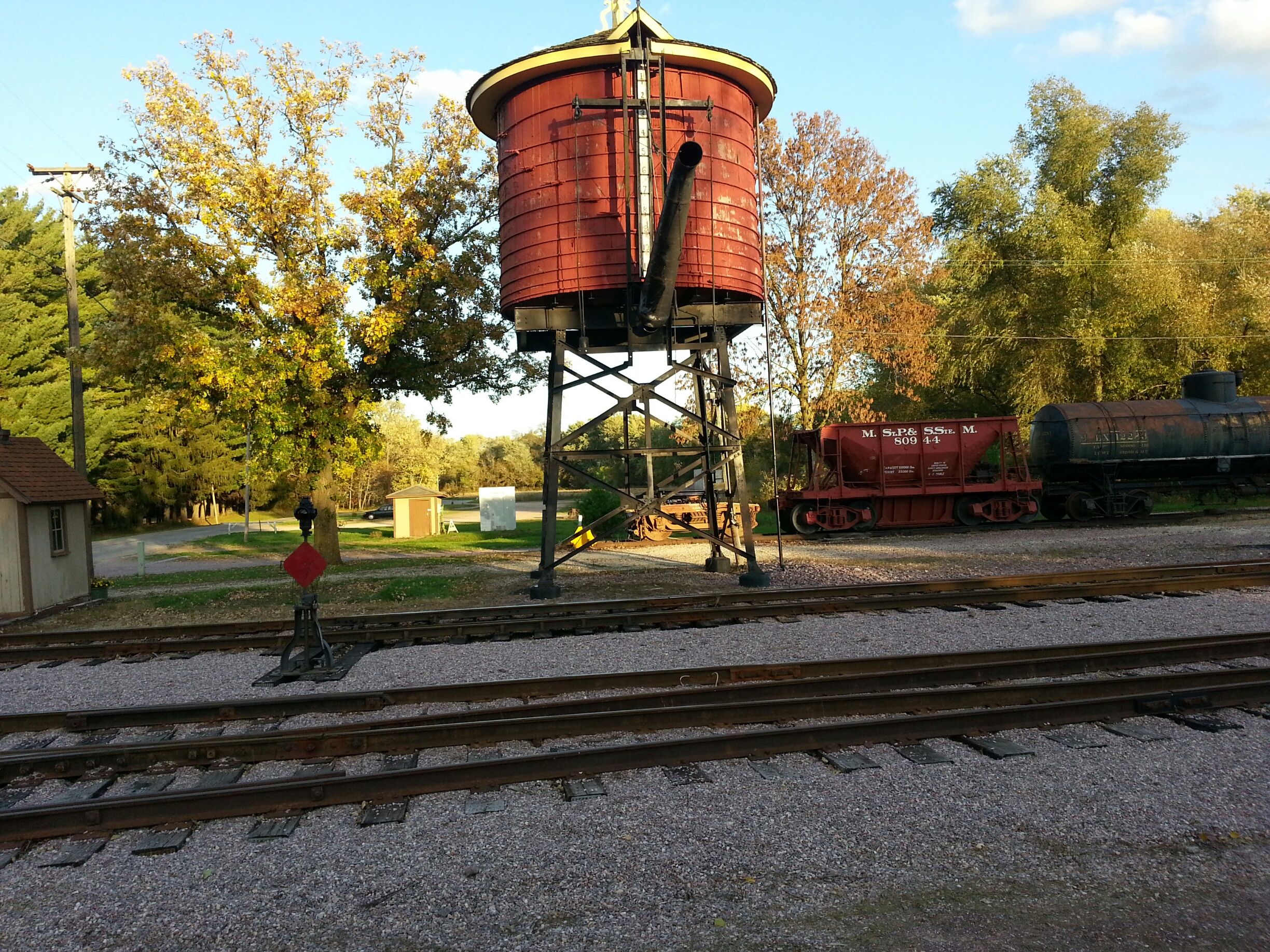















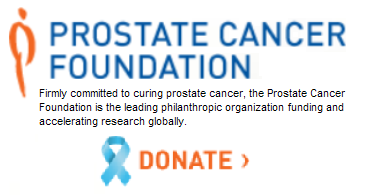


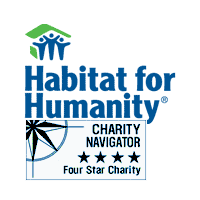
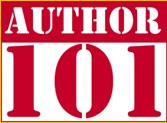



 Watch this Video on A Better Way To Fight Harmful Free Radicals
Watch this Video on A Better Way To Fight Harmful Free Radicals

There are so many lessons we can learn from our past. We are all affected by the past in ways we cannot even conceive.
This reminds me of a story that says that the size of the booster rockets on the space shuttle were derived less from payload issues and more about the width of a railroad tunnel.
The rockets are shipped from Utah to Florida and the story says that they had to be designed to go through this one long railroad tunnel.
The story goes on to explain that the size of the tunnel was derived via Roman chariots as the Romans road all over the world and that all carriages were built to roll within the ruts of the chariots. The chariots most used had two horses side by side pulling them and thus the width of the chariot was just slightly wider than two horses asses.
This continued for many years. All carriages and wagons were built to fit the width of the roads as first made by the chariots.
When the first rail tracks were set down in Britain they used the old roads and thus the tracks were placed in the ruts made by centuries of vehicles.
The engineers that built the US Railroads came from Europe and thus brought their measurements and know how with them… thus the design of the booster rockets on the space shuttle were designed to fit into the train tunnel during shipping and this means that the dimension designs of one of the most sophisticated rockets built to date, is the direct outcome of the width of two Roman horses asses.
The story though fun, is not true, but it does highlight how many things we do have their derivations in the past and we can and often do relive our historical mistakes.
Here is the story in it’s entirety for you to check out. I did it not justice here.
http://www.astrodigital.org/space/stshorse.html